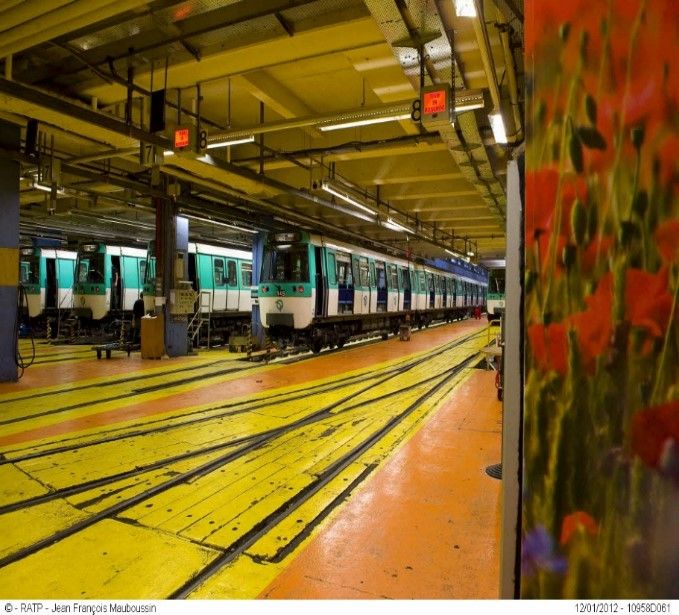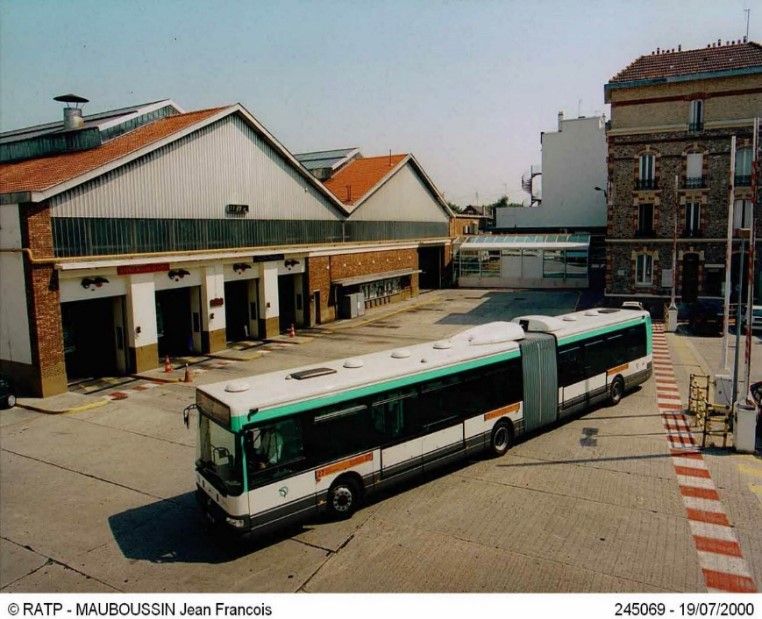CUBE2020: why participate? Testimony of RATP Cubists
IFPEB / Institut français pour la performance énergétique du bâtiment

After having reduced their energy consumption by 12% between 2004 and 2015, the RATP renewed its engagement to reduce energy consumption by obtaining the ISO 50001 certification in 2017, setting a new objective of -20% between 2015-2025. With 9 sites currently competing in CUBE 2020, competing has become part of their new Energy Performance Action Plan / Strategy. Grégory Rohart, Sustainable Development Project Manager / Real Estate Energy Representative at RATP Real Estate and Théophile Caron, Ecodesign Project Manager at RATP Group, talk about their participation in this competition to reduce a building's energy consumption.
The 9 sites included in the competition include a wide variety of buildings for the RATP Group, including tertiary buildings (like their logistical platform), bus stations, train maintenance centers, and more. This means that the initiatives taken to reduce energy consumption at each site differ greatly from one site to the next, as do their results. We asked the team: why CUBE? And received this response: “For us Cube is a tool to engage and challenge our building occupants, our building directors and managers, as well as the maintenance personnel in a collective and conscious effort to reduce their consumption while maintaining their comfort in the buildings”.


This isn’t the first time the team competes, as they began competing in 2017 with one building and reached -8.9% energy savings. By mid-December this year, among their portfolio of 9 buildings, they had already saved 3 GWh, around 670 teqCO2 and about 120 000 savings on their energy bill. Since these 9 buildings only represent about 13% of their entire portfolio’s energy bill, they have many more savings to be made with Cube!
They revealed the varied reactions they have received over time when introducing their energy and environmental goals, as well as the three steps they consider fundamental to arrive at such grand savings:
- Creating an environmental/energy performance job post among the team, be it on the ground determining the current state, setting targets and goals, or accompanying to staff to implement the former.
- Shifting or fixing system settings to reflect real usage and needs of occupants: for example, lowering the heating system on weekends or when buildings are unoccupied, logging in when people are in the buildings in order to change system settings according to this... can lead to tremendous savings!
- Finally, the team recommends maintaining a dialogue with occupants to gather their feedback and ideas on new environmental and energy saving initiatives, as they’re often a great source of ideas since they’re the main occupants, and also to ensure they are part of the process.



